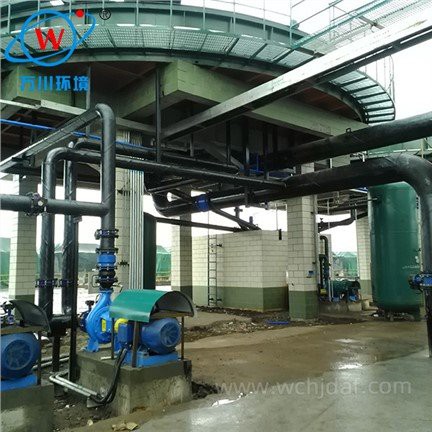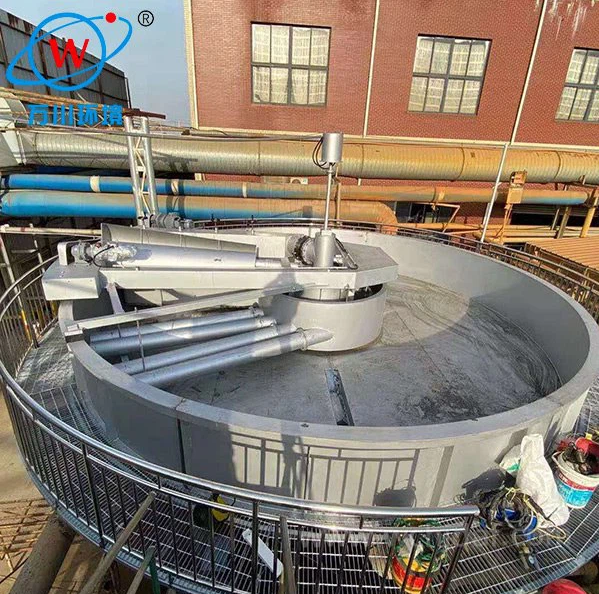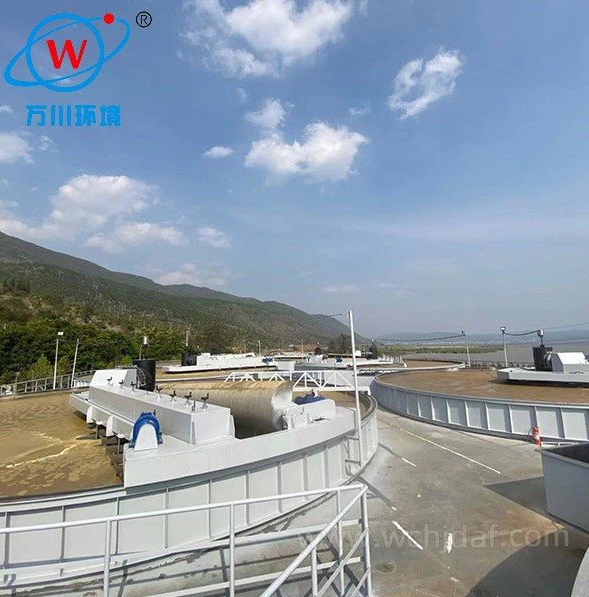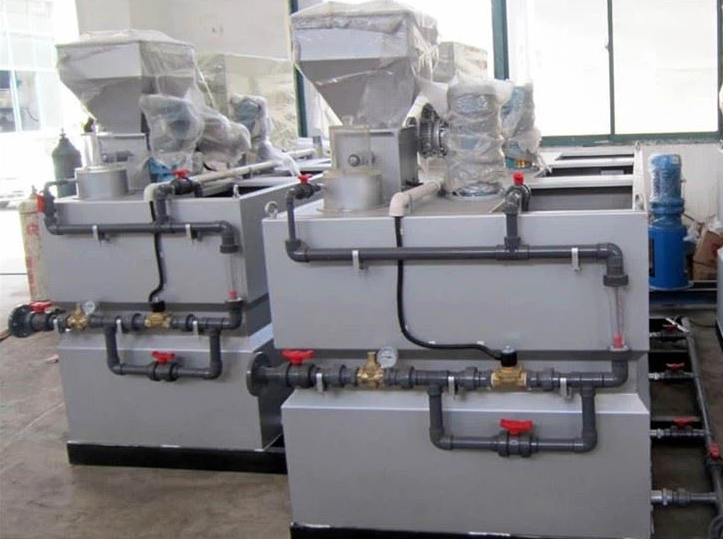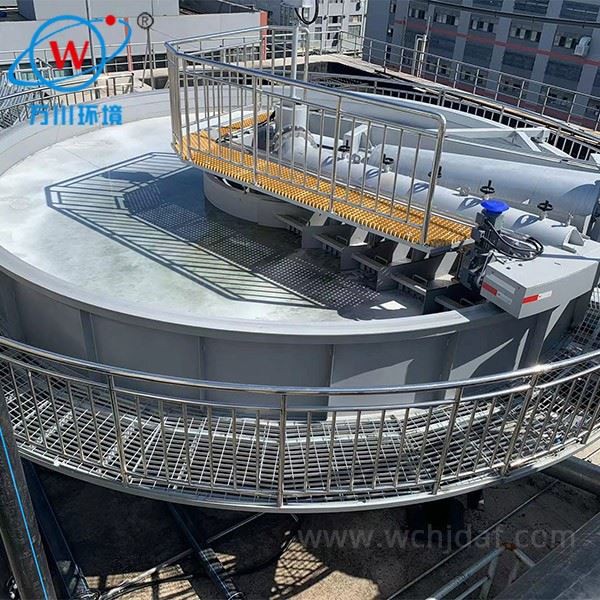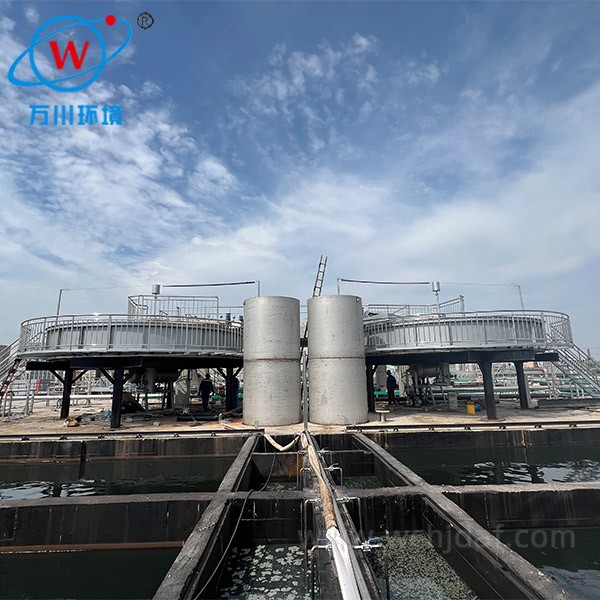Combination Air Flotation Enhancement
Combination air flotation enhances the separation efficiency of fine particles in sewage through a synergistic integration of multiple mechanisms, addressing the limitations of single-stage flotation processes.
- Optimized Bubble Generation: It combines different aeration techniques—such as dissolved air, dispersed air, or electrolytic methods—to produce a diverse range of bubble sizes. Fine bubbles (typically 10–100 μm) maximize surface area for particle attachment, while larger bubbles create upward currents that drive aggregated particles toward the surface. This dual-scale bubble system ensures that even submicron particles, which often evade single-method flotation, are effectively captured.
- Chemical-Physical Synergy: The process integrates chemical pretreatment with physical separation. Prior to flotation, coagulants or flocculants are added to neutralize particle charges, promoting agglomeration of fine particles into larger flocs. These flocs have higher buoyancy and greater surface area, making them more susceptible to attachment by bubbles in the combination air flotation unit.
- Advanced Flow Dynamics: Combination air flotation employs advanced flow dynamics design, such as staged mixing zones and optimized water flow rates. This ensures uniform distribution of bubbles and particles throughout the treatment chamber, reducing short-circuiting and dead zones where particles might escape separation.
- Multi-Point Dissolved Air Release: Some systems incorporate dissolved air release at multiple points, creating a vertical gradient of bubble concentrations. This gradient targets particles with varying densities, ensuring that lighter and heavier fine particles are both lifted to the scum layer.
By combining these strategies—diverse bubble generation, chemical aggregation, optimized hydrodynamics, and targeted separation—combination air flotation achieves superior capture of fine particles, making it highly effective for treating sewage with complex particulate loads.

